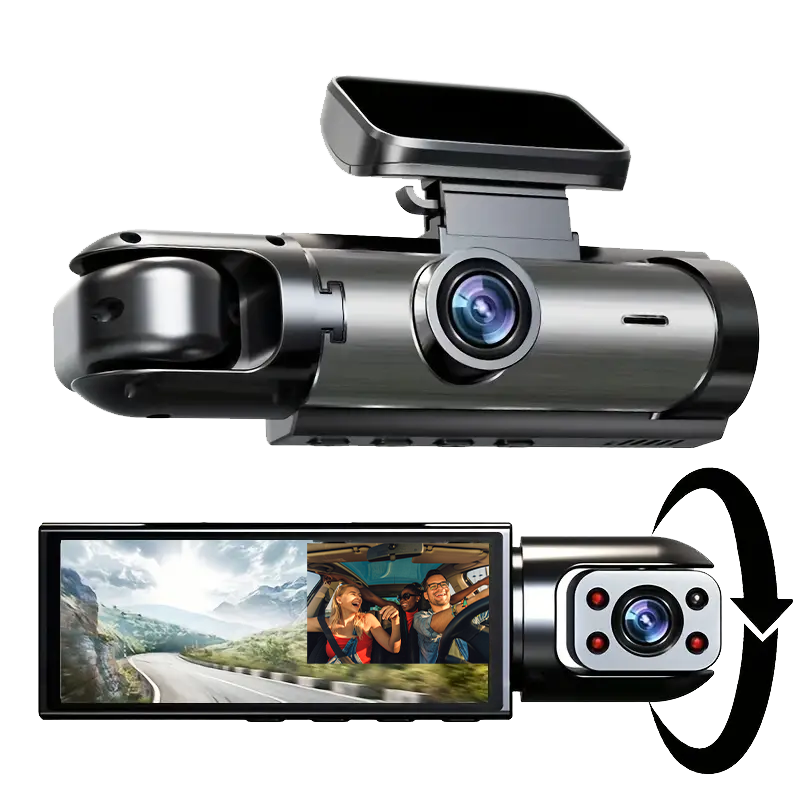
Ford Fiesta Mark Iv 1996–2006

| Fourth generation | |
|---|---|
 |
|
| Overview | |
| Also called | Mazda 121 Mazda Soho Ford Fiesta Street (Brazil) |
| Production | 1996–2002 (Europe) 1996–2006 (Brazil) |
| Assembly | Almussafes, Spain (Ford Valencia) Dagenham, United Kingdom (Ford Dagenham) Cologne, Germany (CB&A) Saarlouis, Germany (SB&A) São Bernardo do Campo, Brazil (Ford Brazil) Pretoria, South Africa |
| Body and chassis | |
| Body style | 3 and 5-door hatchback 3-door panel van 3-door high cube panel van (Courier) 2 door coupé utility (Courier) |
| Platform | Ford B platform |
| Related | Ford Ka Ford Puma Ford Ikon |
| Powertrain | |
| Engine | 1,299 cc (79.3 cu in) Kent/Endura-E I4 1,242 cc (75.8 cu in) Zetec-SE I4 1,388 cc (84.7 cu in) Zetec-SE I4 1,753 cc (107.0 cu in) Endura-D I4 1,753 cc (107.0 cu in) Endura-D I4 |
| Transmission | 5-speed IB5 manual CVT automatic |
| Dimensions | |
| Wheelbase | 2,446 mm (96.3 in) |
| Length | 3,828 mm (150.7 in) |
| Width | 1,634 mm (64.3 in) |
| Height | 1,320 mm (52 in) |
| Curb weight | 924–1,465 kg (2,037–3,230 lb) |


The Fiesta Mark IV (internal code name was BE91) was launched in 1995 and became Britain's best-selling car from 1996 to 1998.
The model featured a range of new Zetec-SE engines, available in 1.25 L and 1.4 L forms, the 1.8 litre diesel engine was slightly modified for the Mark IV, now marketed as the "Endura DE". Lower specification models remained available with what would be the final edition of the Kent 1.3 L OHV engine, now known as Endura-E. As well as the major changes to the chassis, the Mark IV also benefited from a new interior and exterior styling, including a soft painted instrument panel for the first year of production, albeit maintaining similar dimensions to the Mark III, along with the platform and the basic body structure, most noticeably the side door openings. The RS1800 and RS Turbo models were not carried over to the updated Fiesta range.
The Mark IV Fiesta shared a production line and design with the Mazda 121, which sold in much lower volumes than Fiesta did.
In Brazil a 1.0 litre (Endura Engine) version was available in Popular trim level. Also a 1.3 litre (Endura) and a 1.4 litre 16V (Zetec-SE) was available in CLX trim level; it was sold in Argentina and Chile. The UK trim level line up had relatively few changes over the years: (1995, Encore, LX, Si, Ghia; 1996, Ghia X added as range-topper; 1998, Si replaced by Zetec, petrol LX models briefly renamed Zetec LX, Ghia X models axed; 1999, Finesse added between Encore and Zetec).
In 1997, the Mark IV was introduced in South Africa, the first time the Fiesta had been sold in that market. Only one engine was available, the 1.3 litre Endura E. It subsequently won the South African Car of the Year award. The 1.3 litre engine was replaced with the 1.4 litre PTE (CVH) engine in 1999.
The Mark IV was not sold in North America.
The German-built Ford Puma was based on the Mark IV, sharing its underpinnings. For this reason the 1.7 VCT engine from the Ford Puma has become an extremely popular engine swap into the Mark IV and Mark IV facelift Fiesta. This gives the popular hatchback an extra 100 cc over the previous largest engine size available, variable cam timing and better ratio gearbox while still retaining a factory finish as all components are a direct swap.
As an exercise in badge engineering, the Mazda 121 and Ford Fiesta were built on the same production lines and used almost all the same parts. In the JD Power reliability surveys at the time, the Mazda was reported to be significantly more reliable and attracted higher levels of customer satisfaction.
Specifications
| Engine type(s) | Inline-4: Petrol, Ford Kent/Endura-E (OHV), Zetec-SE (OHC), and Diesel (OHC) |
|---|---|
| Capacity | Petrol: 1,242–1,596 cc (75.8–97.4 cu in) Diesel: 1,753 cc (107.0 cu in) |
| Power | 59–91 bhp (44–68 kW) |
| Max. speed | 96–112 mph (154–180 km/h) |
| Acceleration | 0-62 mph (100 km/h):
1.25 Zetec: 11.9 s |
| Fuel efficiency | 38–46 mpg-UK (32–38 mpg-US or 7.4–6.1 L/100 km) |
